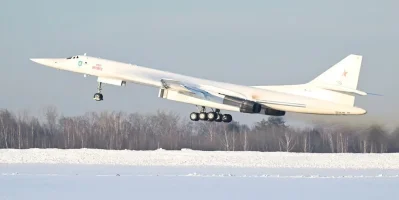
The recently elected Indian government is poised to make a crucial decision regarding the implementation of the Army's Integrated Battle Group (IBG) plan, a significant restructuring initiative aimed at enhancing the force's agility and offensive capabilities.
IBGs are self-contained, brigade-sized units comprising a diverse mix of infantry, armor, artillery, and support elements, designed for rapid mobilization and offensive operations. This marks a departure from the traditional model where such units are assembled only during exercises or actual combat.
The Army has already conducted successful pilot projects, establishing seven IBGs on both the western and eastern fronts. These IBGs have undergone rigorous wargaming and validation exercises, with reports submitted to the Ministry of Defence (MoD) for review.
While the Army is enthusiastic about the potential of IBGs, the new government must now decide on the full-scale implementation of this model. The decision hinges on a government sanction letter (GSL), which has financial implications.
Each IBG is expected to be tailored to the specific threat perception, terrain, and operational tasks, with variations in composition between those facing China and Pakistan. The original plan envisioned a gradual rollout of 8-10 IBGs, allowing for assessment and refinement before further expansion.
The government's decision on IBGs is intertwined with the larger plan to establish unified tri-service theater commands, a strategic-level reform involving all three branches of the armed forces. How IBGs will integrate with these theater commands remains a key question.
Sources within the MoD suggest that the government is carefully considering the strategic and financial implications of this significant transformation. The decision on IBGs is expected to be announced in the coming months, marking a pivotal moment in the modernization and restructuring of the Indian Army.


